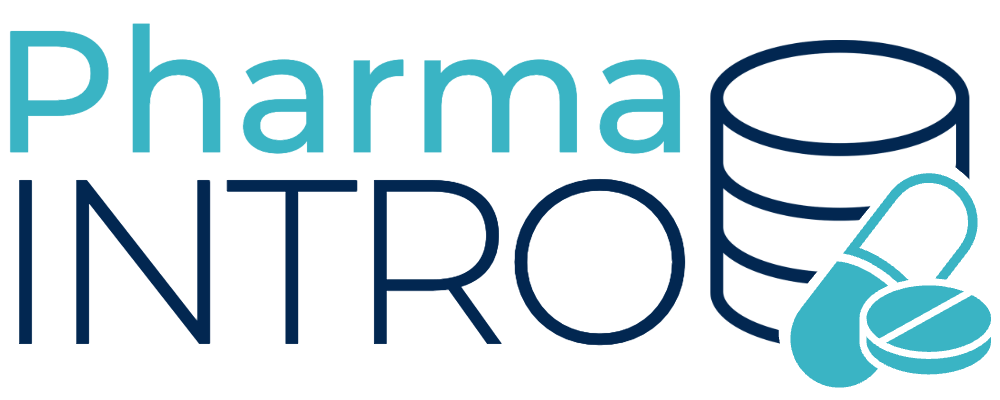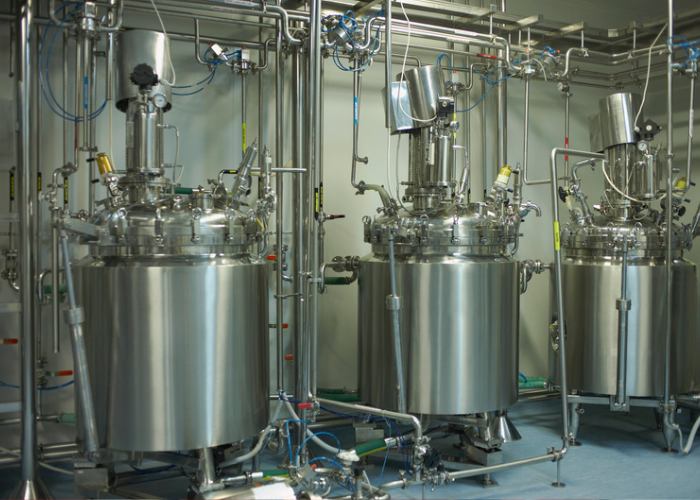API (Active Pharmaceutical Ingredient) and Biologic are both terms used in the pharmaceutical industry to refer to different types of drugs. The main difference between them is the type of molecule they are made of and the manufacturing process involved.
APIs are small molecules that are chemically synthesized in a laboratory. They are typically produced through a series of chemical reactions that transform raw materials into the final drug molecule. APIs are usually administered orally, topically or through injection and are used to treat a wide range of diseases.
Biologics, on the other hand, are large molecules that are produced using living cells or organisms such as bacteria, yeast or mammalian cells. Biologics are made through a complex process involving genetic engineering, fermentation, and purification. They are often administered by injection or infusion, and are used to treat diseases such as cancer, autoimmune disorders, and rare genetic conditions.
The key difference between APIs and biologics is that APIs are chemically synthesized and have a defined chemical structure, while biologics are made using living cells or organisms and have a more complex structure. As a result, the manufacturing process for biologics is more complex and expensive than that for APIs. Additionally, biologics are more sensitive to changes in manufacturing conditions and may require more rigorous testing and monitoring to ensure quality and consistency.
Despite these differences, both APIs and biologics play an important role in modern medicine and are used to treat a wide range of diseases. The choice of which type of drug to use depends on various factors, including the disease being treated, the patient’s medical history and preferences, and the availability of different treatment options.

